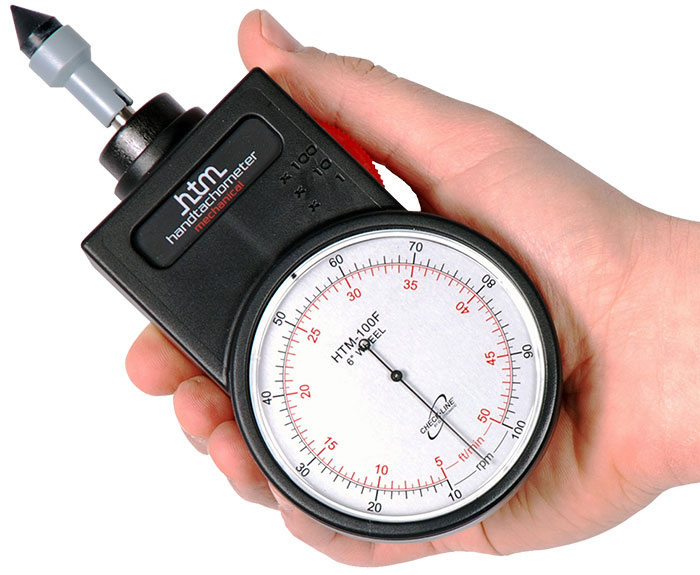Specialist Tips for Keeping and Adjusting Your Tachometer
Specialist Tips for Keeping and Adjusting Your Tachometer
Blog Article
The Value of a Tachometer in Keeping An Eye On Engine Speed and Efficiency in Automotive Applications
In the world of automotive design, the tachometer stands as a critical tool in the chauffeur's collection, providing a straight home window into the inner functions of a vehicle's engine. Past its feature as a mere gauge of changes per minute (RPM), the tachometer functions as a crucial tool for lovers and specialists alike, providing real-time understandings right into engine performance and health. Comprehending the value of this device goes beyond surface-level monitorings, diving right into the elaborate connection in between engine rate, power result, and overall driving experience. As we check out the diverse duty of the tachometer in automotive applications, a deeper gratitude for its effect on lorry characteristics and efficiency begins to emerge.
Importance of Monitoring Engine RPM
Checking engine RPM, or revolutions per minute, is a critical facet of automobile upkeep and performance evaluation. Engine RPM straight correlates with the speed at which the engine's crankshaft turns, showing exactly how quickly the engine is running.
Furthermore, keeping track of engine RPM is crucial for efficiency assessment in auto racing and high-performance lorries. In summary, keeping track of engine RPM is not only crucial for detecting issues however additionally for maximizing engine performance in various automobile applications.

Benefits of Real-Time Data
In vehicle applications, real-time information plays a critical duty in providing instant insights into the performance and problem of the vehicle. By continuously monitoring various parameters such as engine speed, temperature level, gas intake, and extra, real-time information uses many advantages that add to improved efficiency and safety when driving.
One significant benefit of real-time information is its capability to alert chauffeurs and specialists to any abnormalities or concerns immediately. This positive technique allows quick identification of possible issues, permitting timely treatments to stop additional damage or breakdowns. In addition, real-time information helps with performance optimization by giving instant feedback on driving behaviors and engine effectiveness. Vehicle drivers can readjust their actions in real-time based on this information to attain far better fuel economy and lengthen the life expectancy of their vehicle.

Furthermore, real-time information plays a vital function in modern-day automobile diagnostics, making it possible for specialists to swiftly diagnose and deal with breakdowns. This leads to decreased downtime, reduced upkeep costs, and eventually, boosted overall car integrity and longevity (tachometer). By utilizing the power of real-time information, auto stakeholders can make informed decisions that positively affect both the efficiency and long life of the vehicle
Effect On Equipment Shifts
Reliable equipment changes in automotive applications considerably affect general efficiency and driving experience. The tachometer plays a critical role in optimizing gear shifts by offering real-time engine speed data to the chauffeur. When approaching the redline on the tachometer, it indicates the motorist to upshift to stop over-revving the engine and creating possible damages. On the various other hand, downshifting at the ideal minute can assist preserve the engine in its power band, making sure receptive acceleration when needed.
Additionally, the tachometer aids in achieving smoother equipment changes, especially in hands-on transmissions. By keeping track of engine speed, vehicle drivers can implement gear shifts at the optimum RPM variety, decreasing jerking activities and lessening wear on the transmission parts. This accuracy Read Full Report in gear adjustments not just enhances driving convenience however also adds to sustain efficiency.
Enhancing Gas Performance
Provided the crucial role the tachometer plays in enhancing equipment changes for efficiency and engine wellness, it straight adds to making the most of gas effectiveness in vehicle applications. By offering real-time feedback on engine rate, the tachometer helps chauffeurs in maintaining the most reliable RPM variety for fuel economic climate. When drivers constantly keep track of the tachometer and readjust their driving routines accordingly, they can prevent unnecessary fuel intake caused by over-revving or hauling the engine.
Furthermore, the tachometer aids drivers determine one of the most fuel-efficient gear to be in at any kind of given minute, protecting against the engine from working more challenging than necessary. This is especially critical during acceleration and travelling, where remaining in the right gear can dramatically impact fuel effectiveness. In addition, the tachometer can alert chauffeurs to prospective mechanical concerns that could be negatively impacting fuel economic situation, such as a sliding clutch or a clogged air filter. To conclude, the tachometer functions as a useful device in boosting gas efficiency by promoting optimal driving practices and determining locations for enhancement in the lorry's efficiency.

Taking Full Advantage Of Engine Durability
The tachometer's role in keeping track of engine rate and efficiency contributes in guaranteeing the longevity of auto engines. By making use of the tachometer efficiently, chauffeurs can maximize engine durability through conscious RPM monitoring. Regularly revving an engine too expensive can bring about extreme wear and tear on critical parts, such as the pistons, shutoffs, and bearings. Gradually, this can lead to lowered engine performance and potential breakdowns. Checking the tachometer allows drivers to remain within the recommended RPM array for their car, preventing unneeded strain on the engine and prolonging useful link its lifespan.

Final Thought
In conclusion, the tachometer plays a critical function in checking engine speed and efficiency in automobile More Help applications. By giving real-time data on RPM, it permits efficient equipment changes, enhanced gas efficiency, and optimized engine longevity. This tool is essential for preserving optimum engine performance and making sure the total functionality of an automobile.
Report this page